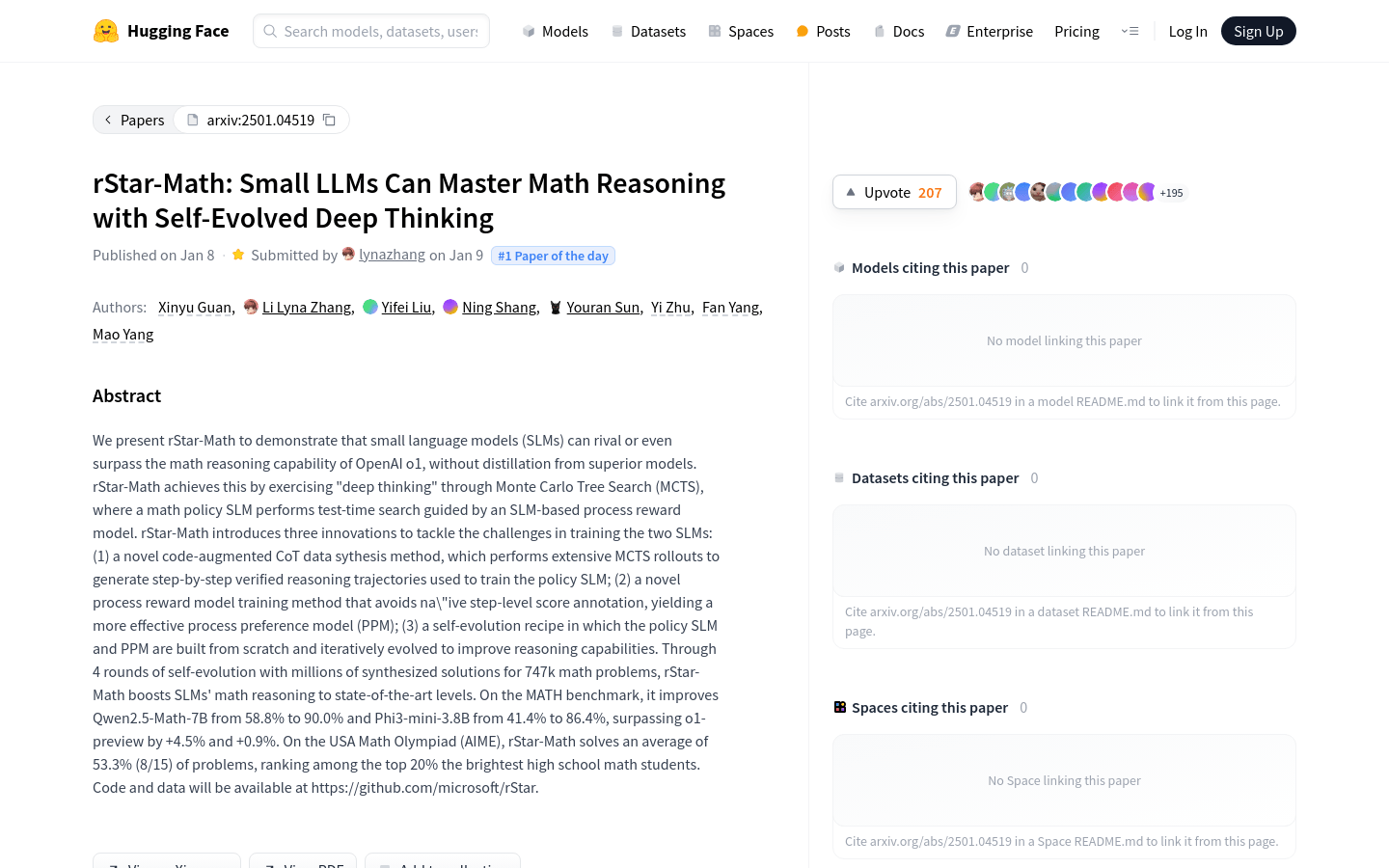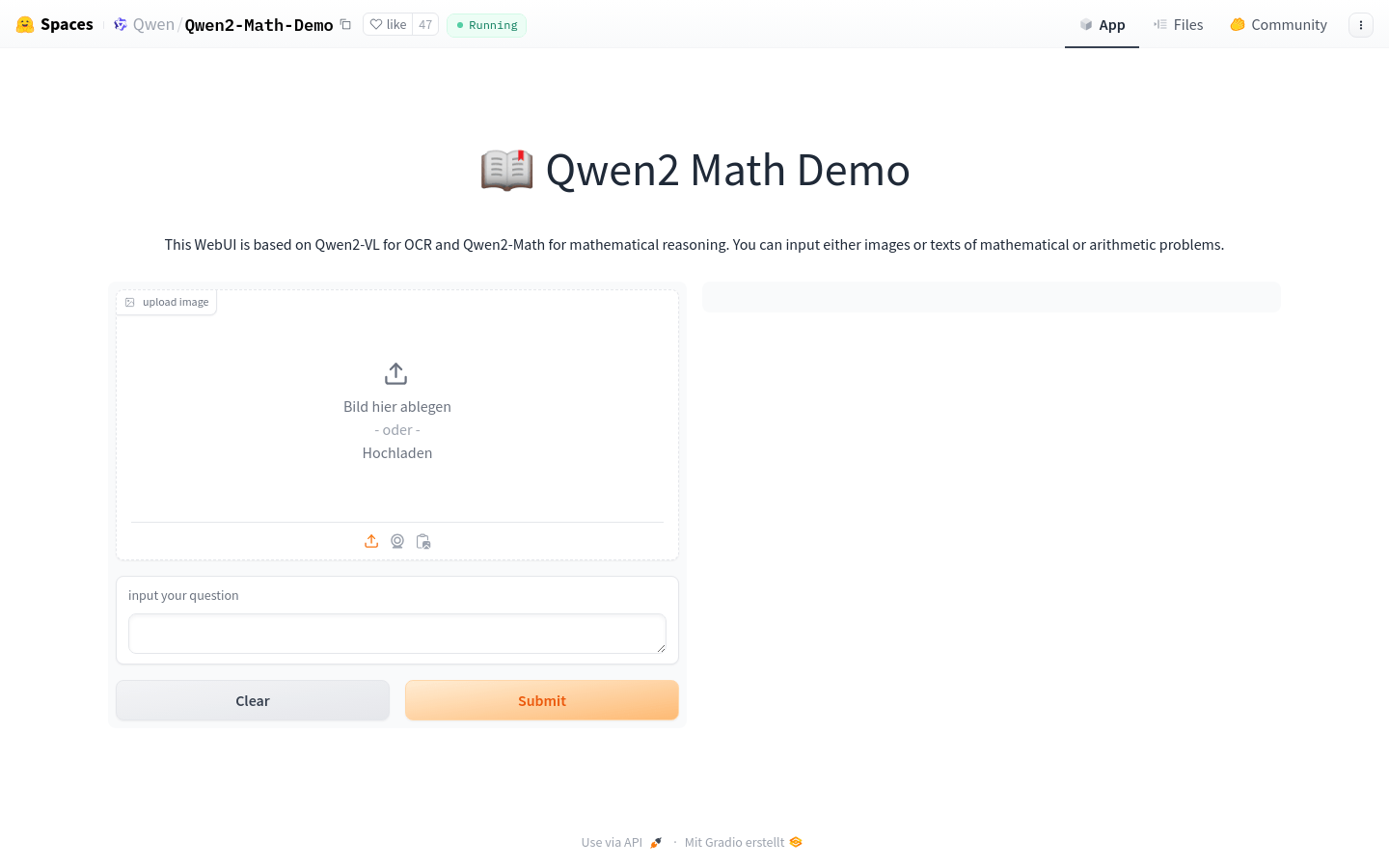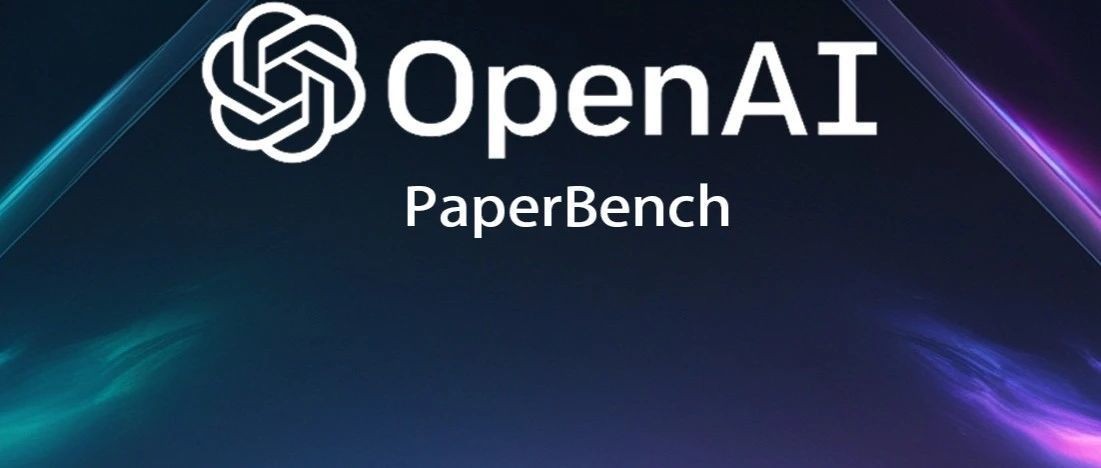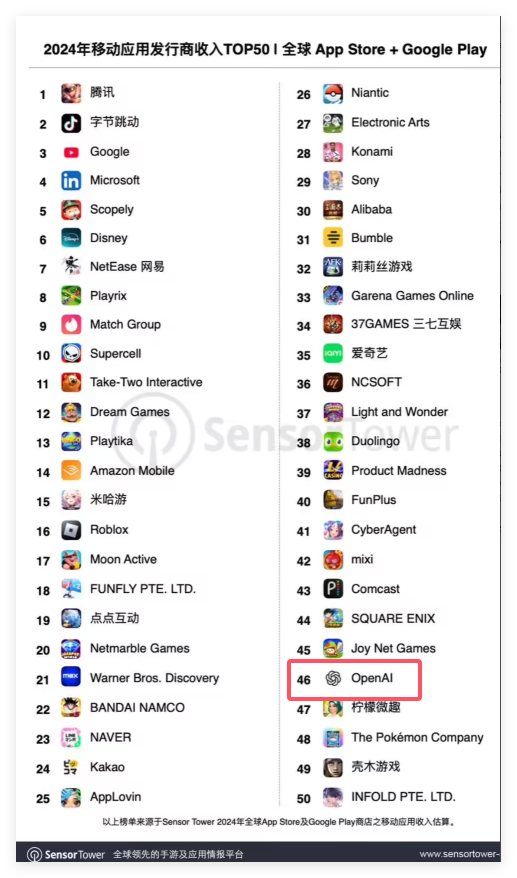
What is StackBlitz?
StackBlitz is a web-based IDE tailored for the JavaScript ecosystem. It uses WebContainers, powered by WebAssembly, to provide instant Node.js environments directly in your browser. This setup offers exceptional speed and security.
---
Now let's apply this format to your text about rStar-Math:
---
What is rStar-Math?
rStar-Math is a research project that aims to show small language models (SLMs) can match or even surpass the mathematical reasoning abilities of larger models like OpenAI’s o1 model without relying on them. The study uses Monte Carlo Tree Search (MCTS) to enhance deep thinking and testing. It introduces three innovative methods to train SLMs through four rounds of self-evolution and millions of synthetic solutions, significantly improving their mathematical reasoning capabilities.
Who would benefit from rStar-Math?
Researchers, developers, and anyone interested in enhancing the mathematical reasoning abilities of small language models can benefit from rStar-Math. It is suitable for scenarios requiring efficient mathematical reasoning and problem-solving, such as intelligent tutoring systems in education or math competition training tools.
How was rStar-Math used in benchmarks?
In the MATH benchmark test, Qwen2.5-Math-7B improved performance from 58.8% to 90.0%, while Phi3-mini-3.8B increased from 41.4% to 86.4%. In the AIME competition, it solved an average of 53.3% (8 out of 15) problems, placing among the top 20% of high school students.
What makes rStar-Math unique?
rStar-Math utilizes MCTS for deep thinking and testing. It introduces a novel code-enhanced chain-of-thought (CoT) data synthesis method to generate verified reasoning paths. It also develops new training methods for process reward models and implements self-evolution recipes to iteratively improve strategy SLMs and process reward models, thereby enhancing reasoning capabilities.
How can one use rStar-Math?
1. Visit the rStar-Math page on Hugging Face to learn more.
2. Review the paper and related materials to understand the model architecture.
3. Install necessary dependencies and set up the environment.
4. Load pre-trained strategy SLM and process reward models using provided code and data.
5. Use MCTS for inference and search on given math problems.
6. Adjust model parameters and search strategies as needed to optimize performance.
7. Deploy the model in real-world applications like educational software or online tutoring platforms to support mathematical reasoning.















